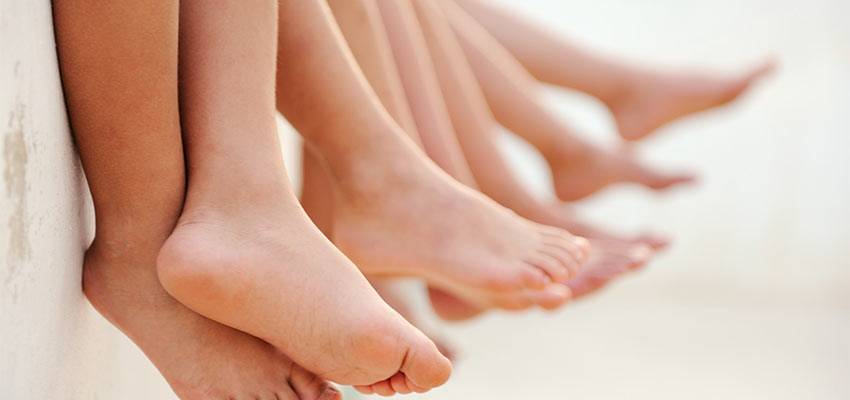
Pediatrics: Flat feet in Children
Having flat feet can be uncomfortable and daunting in many areas of life growing up but doesn’t have to be. Let’s take a look at how these flat feet are formed: while the bones are infusing and coming together, the foot and ankle are still made up of softer materials such as cartilage, soft tissue, and fat. Since the arch isn’t completely formed while young, the walking phase can still be susceptible to hypermobility in the joints.
The noted deformities can make it hard for children to walk and can make exercise painful. Because of this, you may find that other conditions form during childhood and into adulthood. While not all children suffer from symptoms, children may still complain of cramping, a bit of tenderness, and more. If your child can’t convey their pain or symptoms outright, a parent may be able to detect flatfeet through heel tilting, awkward walking, and difficulty walking. Consulting a medical professional for a Childrens X Ray may be recommended to assess the extent of the condition and determine appropriate treatment options for your child’s foot health.
Children may even have cramping in the ankles and knees because of the way their feet are set or move while flatfoot. There are two types of flatfeet within children that can exert different symptoms.
Rigid flat foot: The arch is much stiffer and flat in both the standing and sitting position.
Flexible flat foot: The arch is normal when standing, but the contours of the arch disappear as the person sits. This is due to the bones being normal, but ligaments surrounding these bones are causing the joints to be too hypermobile. When these soft tissues attempt to correct the position, stress is placed on the feet. Unfortunately, this leads to exhaustion and strength loss in the feet. When this goes on for a long time without correction or a “crutch”, the structures of the leg can be affected immensely.
When it comes to flexible flatfoot, children can most definitely outgrow this problem, and is virtually non-pathological in those that are active. Children that are obese or may have genetic abnormalities can still have their flexible flatfoot issues treated. Although those that are heavier, or have a heavy foot, can cause shoes to fit poorly and put unnecessary pressure on toes and toenails that have the possibility of becoming ingrown. This alone can be quite uncomfortable.
When trying to treat your child for flexible flatfeet, or flatfeet in general, you’ll want to make sure that it doesn’t lead to issues within the metatarsal region, or cause one of the following:
- Back pain
- Knee pain
- Plantar fasciitis
- Heel spurs
When the feet aren’t corrected, or footwear modifications aren’t made from a young age, the child will suffer later on in life, and their condition may get worse – even if they have a treatable version of flexible flatfoot.
What’s recommended for the Flatfoot Condition?
Modifications to the footwear from a young age will surely aid in correcting the flatfooted issue. The corrective footwear or solutions will depend vastly on what type of flatfoot the child has, as well as the severity. Orthotics provide support, while giving comfort, and not changing the overall shape of the foot. Your child’s development will not be delayed because of a corrective solution in their arch.
